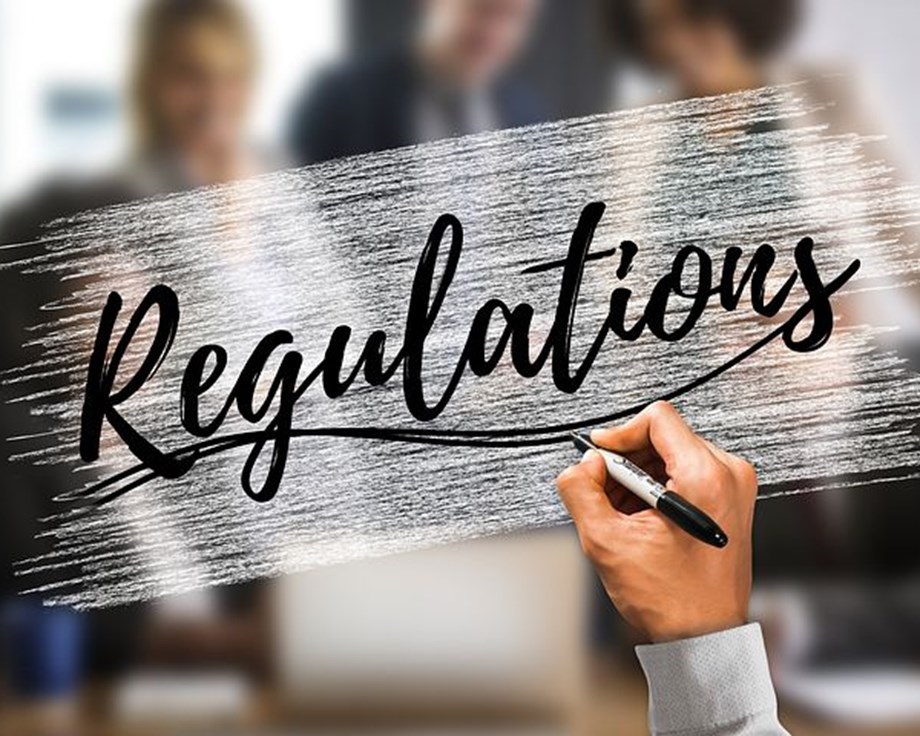Recommendations for applicants (aquaculture producers)

To facilitate the consultation process, potential applicants should provide as much information as necessary in a clear and appropriate manner. Graphics, illustrations and maps are a useful way of presenting information and the necessary context should be provided to support interpretation by the range of individuals that may be in a community.




